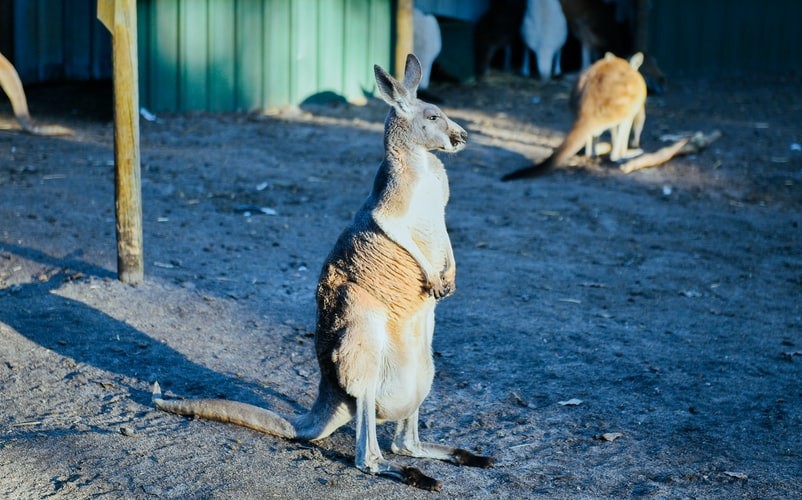Kangaroo population all over Australia has been facing a continuous rise in the past few years. Because of the spike in number, authorities from Victoria, Australia, allowed the hunting and harvesting of the animal for human consumption.

On Thursday, the state government announced that the 2021 quota allocation for the Kangaroo Harvesting Program would increase by more than 150 percent, from 37,780 in 2019 to 95,680 this year.
Agriculture Minister Mary-Anne Thomas said the increased quota allocation was down to the notable rise in the estimated kangaroo population over the past three years. The 2020 survey estimated the kangaroo population sat at almost two million in Victoria, increasing 40 percent since 2018.
The state government said overabundant kangaroo populations competed with livestock for stock and feed and damaged crops and fences. To reduce waste and boost economic opportunities, the government will allow the extra meat to be made available for human consumption and not just pet food.
"It's important that kangaroo numbers are sustainably managed in Victoria to reduce impacts on landholders and the community," Ms. Thomas said. "This program provides a service to farmers and an income to trained professional shooters.
"The changes to how products generated from the Kangaroo Harvesting Program can be used gives more options to harvesters and processors to make use of these animals and reduce waste and create more jobs in country towns."
However, authorities were clear when setting regulations that only professional shooters that meet the strict health and safety requirements are authorized to hunt them down under the harvesting program. They will be the ones who will send the animal carcass to the slaughterhouse, where the kangaroos will be processed for human consumption.
Harvesters must also abide by the National Code of Practice for the Humane Shooting of Kangaroos and Wallabies for Commercial Purposes.
Since October 2019, 86 harvesters and five meat processors have taken part in the pet-food-only program.
The state government said the animals had less impact on land and were a low-emissions meat source, and boosting the supply of locally sourced kangaroo meat would reduce the environmental impacts of importing kangaroo meat from other states.
The quota is based on population surveys and modeling from the Department of Environment, Land, Water, and Planning.
Related Article : [VIRAL VIDEO] Man Punched By Kangaroo on Christmas Day
Kangaroo Meat
Australia has about 50 species of marsupial mammals of the Super-family Macropodoidea.
Most of them have declined in the 210 or so years since Europeans settled here, some to extinction. However, some have thrived to the extent that they are now among the most abundant large mammals anywhere.
The abundant species, particularly the three largest kangaroo species, are so numerous in many rural areas that they are regarded as pests, in competition with sheep and cattle for pasture, which, in a dry country like Australia, is always in short supply.
Kangaroo meat is harvested (i.e., taken from the wild) and not farmed. At the Australian Institute of Food Safety, we recommend that kangaroo meat is always cooked thoroughly before eating and should never be eaten raw.
Read also: EU: Mealworms Now Safe for Human Consumption
For more animal news update, don't forget to follow Nature World News!
© 2025 NatureWorldNews.com All rights reserved. Do not reproduce without permission.





